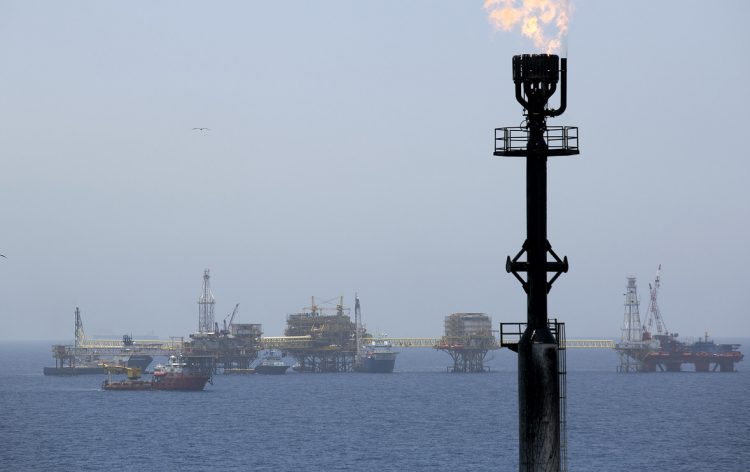Will Major Oil Producers Comply With Deal To Cap Output?

Although oil prices have edged up since OPEC members and nonmembers of the cartel agreed to reduce their output, questions have arisen about the success of the deal. And that has ushered an era of volatility in oil prices in the recent weeks.
While U.S. crude oil prices closed higher Wednesday to add to Tuesday’s gains, but oil prices were last seen lower in early trading Thursday.
U.S. oil for February delivery was last seen sliding 0.20% at $53.95 a barrel on Thursday. But on Wednesday, prices were up 0.3% to $54.06.
Oil investors are cautiously optimistic as time to begin cutting output nears.
Source: WSJ
A surprise surge in U.S. oil stockpile
The weakness in oil prices on Thursday was linked to a surprise increase in U.S. oil inventory during the week to December 23. The American Petroleum Institute (API) reported late on Wednesday that U.S. crude stocks jumped 4.2 million barrels in the week, yet economists had forecast a 2.1 million barrels decline in U.S. oil stockpile. The report stung many oil investors, halting a recent rally in the oil market.
Focus on OPEC and the output cut deal
Outside the US oil data, oil investors are also focused on how major oil producers will behave in the new year. Major producers are set to begin curtailing their output in January following a landmark deal in November to cap production. OPEC members, including rivals Saudi Arabia and Iran, agreed to cut their output by 1.2 million barrels a day. Major producers outside the OPEC cartel such as Russia also agreed to the production freeze. OPEC requires nonmembers to cut their production by at least 600,000 barrels a day. Combined, major producers are aiming at cutting daily production by 1.8 million barrels, equivalent to 2% of global supply.
Hopes that the major producers abiding by the output deal recently pushed US oil prices to a nearly 15-year-peak.
OPEC members agreed to a production freeze despite their internal differences because they are all hurt by depressed oil prices. Earlier attempts to get OPEC to cut their oil supply failed as Saudi Arabia and Iran wrangled. While Saudi Arabia acknowledged that reducing production was necessary to stabilizing oil prices, the kingdom insisted that it would only commit to such action if Iran was going to do the same. On its part, Iran felt it should be spared from output curtail because it is yet to catch up with peers given the years of sanctions it faced that denied it the opportunity to sell its oil on the global market.
If the OPEC and other major producers outside the cartel honor the production cut deal, analysts say oil prices could find support at $60 as early as 1Q17. Because of their constrained national budgets, OPEC members are likely to abide by the output cut deal, but there is another problem: US producers.
Any signs that oil is finding support at $60 could incentivize US shale producers to boost their output. Many US producers have scaled back their production amid price fallout in the oil market. But such a move could usher another round of global supply cut, destroying prices in the process.
Dollar retreat creates room for gold to edge higher
Gold for February delivery hit a session peak of $1,151.30 a troy ounce in early trading Thursday, a level last seen on December 14. The jump in gold prices was linked to the pullback in dollar because a weaker dollar increases the appeal of gold, but a stronger dollar makes the yellow metal more expensive for foreign buyers.



























Comments (0 comment(s))